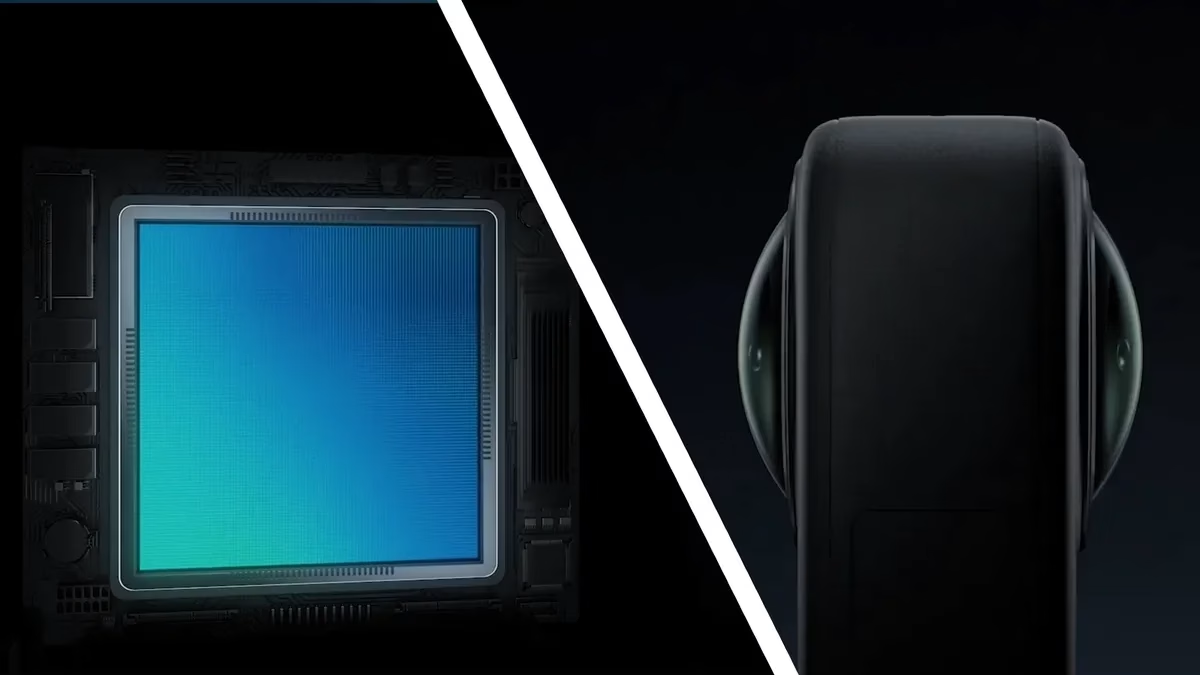DJI Osmo 360 Release Date Confirmed: A New Era for Immersive Capture Dawns
For a while now, rumors have swirled, speculative leaks popped up, and the community has been buzzing. But now, multiple reputable sources have corroborated this date, giving us a firm timeline. It's exciting, isn't it? To see a company of DJI's caliber finally step into the full 360-degree space with a dedicated product. We've seen their action cameras, sure, but this is a different beast entirely.
Unpacking the Specs: What Makes the Osmo 360 Stand Out?
A 1-inch sensor in a 360 camera? That's a big deal. For those unfamiliar, a larger sensor generally means better light gathering capabilities, superior dynamic range, and cleaner images, especially in challenging low-light conditions. Think of it like having a bigger net to catch more light photons. This could translate into significantly higher image quality compared to what we're used to in consumer-grade 360 cameras. It's a move that clearly signals DJI's intent to position the Osmo 360 as a premium offering, aiming for cinematic quality in immersive content.
Challenging the Incumbents: A New Contender Emerges
This isn't a market DJI is entering quietly. The 360-degree camera space has been dominated by a few key players, most notably Insta360 with their popular X-series (like the Insta360 X5, which is a fantastic piece of kit) and GoPro with their Max line. DJI's entry with the Osmo 360, particularly with those rumored specs, sets it up as a direct and formidable competitor.
Will it be a true "Insta360 killer" or a "GoPro Max 2 challenger"? Only time and real-world testing will tell. But the specifications alone suggest it has the potential to carve out a significant share. It's not just about matching features; it's about exceeding them in key areas like sensor size and raw image quality. This kind of competition is always good for consumers, pushing innovation forward across the board. We might see other manufacturers respond with their own upgraded sensors or new features, which is exciting for the whole industry.
DJI's Strategic Expansion and Market Anticipation
DJI's decision to launch a dedicated 360-degree camera marks a notable strategic expansion for the company. Historically, their strength has been in drones and, more recently, action cameras like the Osmo Action series. Venturing into the 360 space with a product of this caliber isn't just about adding another item to their catalog; it's about diversifying their ecosystem and capturing a growing segment of the creative market.
The anticipation surrounding the Osmo 360 is palpable. Social media platforms, particularly X (formerly Twitter), and various tech forums are abuzz with discussions. Content creators are eager to see how the 8K resolution and larger sensor will translate into practical applications for immersive storytelling, virtual tours, and even VR content creation. It's clear there's a strong demand for higher-fidelity 360 capture, and DJI seems poised to meet it. The positive sentiment from the community and early expert analyses indicate that expectations are high, and for good reason.
Global Reach and What Comes Next
One of the encouraging aspects of this launch is the indication of a global release. While specific regional details often vary, the general consensus is that the Osmo 360 won't be confined to a single market initially. A recent listing on SIRIM in Malaysia, for instance, suggests a local launch is imminent there, which is often a good sign for broader availability. This global approach is crucial for a product targeting a niche but worldwide community of creators.
What happens after July 29th? That's when the real fun begins. We'll be looking for comprehensive reviews, real-world footage, and in-depth comparisons. How does the 8K footage hold up in post-production? How effective is the in-camera stabilization, a DJI hallmark? And perhaps most importantly, how user-friendly is the entire workflow, from capture to editing and sharing? These are the questions that will truly determine the Osmo 360's place in the market. It's a promising start, but the proof, as they say, will be in the pudding. I, for one, can't wait to see it.
